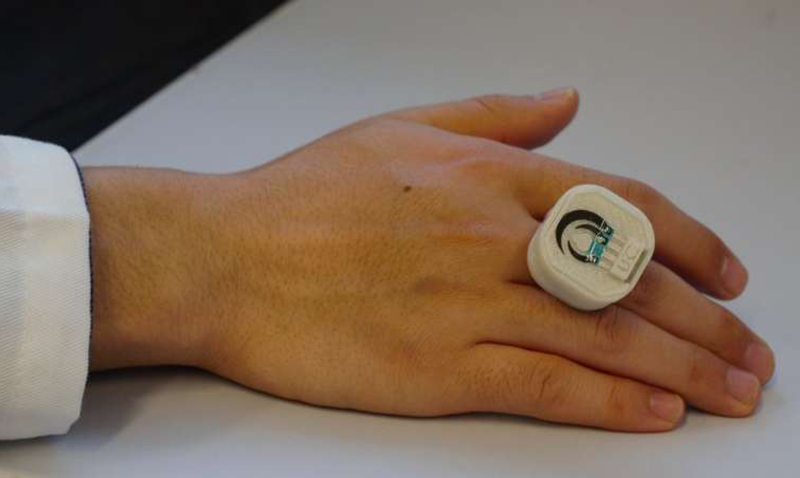
From couches and carpets to the clothes we wear, chemicals are the material backbone of these products. However, some chemicals can be harmful to our health. Personal Chemical Exposure Monitors (PCEMs) are a new entrant in the rapidly growing “monitored-self” market, joining a suite of available products designed to help people monitor and understand their individual health—from home-delivered kits that screen for genetic conditions to heart rate-monitoring watches.
Read more Augmented Reality Mask to Help Pilots Navigate with Smoke-Filled Cockpit
Environmental Defense Fund (EDF), a United States-based nonprofit environmental advocacy group has conducted a study to assess the market demand for technologies capable of detecting an individual’s exposure to harmful chemicals, reports EDF.
In their study, the group:
- Surveyed 616 individuals about their willingness to pay for PCEMs and the device features that matter most to them through a choice experiment.
- Conducted 16 expert interviews with stakeholders across the PCEM supply chain—ranging from investors and technology developers to industrial hygienists and potential institutional customers—to better understand the market challenges and opportunities that exist for these products.
Key Findings
The willingness to pay (WTP) choice experiment found a clear market for PCEM devices among general consumers:
- The highest WTP value for a single surveyed hypothetical device was $459.
- Nearly 40 surveyed hypothetical devices had a WTP between $100 and $300—a price range reflective of the actual price of other personal monitoring devices on the market today.
The most demanding features among consumers were getting data on a large number of chemicals and receiving immediate results.
Experts affirmed the demand for PCEMs both among consumers and in the workplace monitoring sector, identified future opportunities for PCEMs, and proposed solutions for existing and anticipated challenges in the marketplace
“Done well, a device that provides information about the chemicals in our daily life will change consumer habits. If you can capture that change, you can monetize it,” said Marty Mulvihill of Safer Made, a venture capital firm.
This research show that demand for PCEMs exists today, and the researchers anticipate the demand to increase over time given the expanding market for health and wellness technologies and rising concerns about chemicals in the environment.












